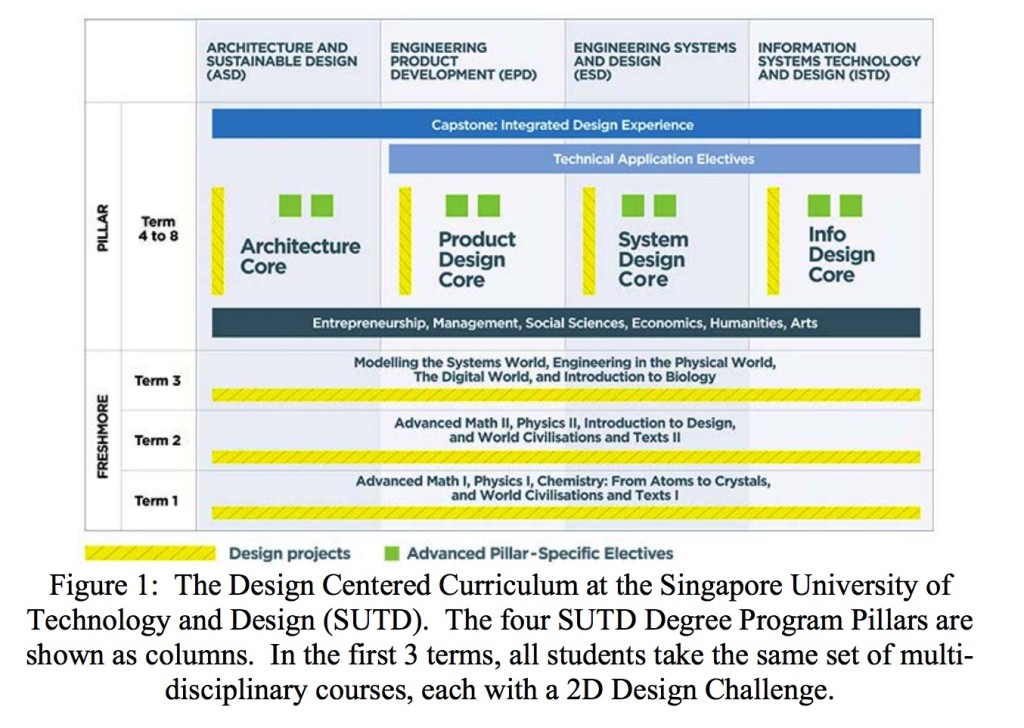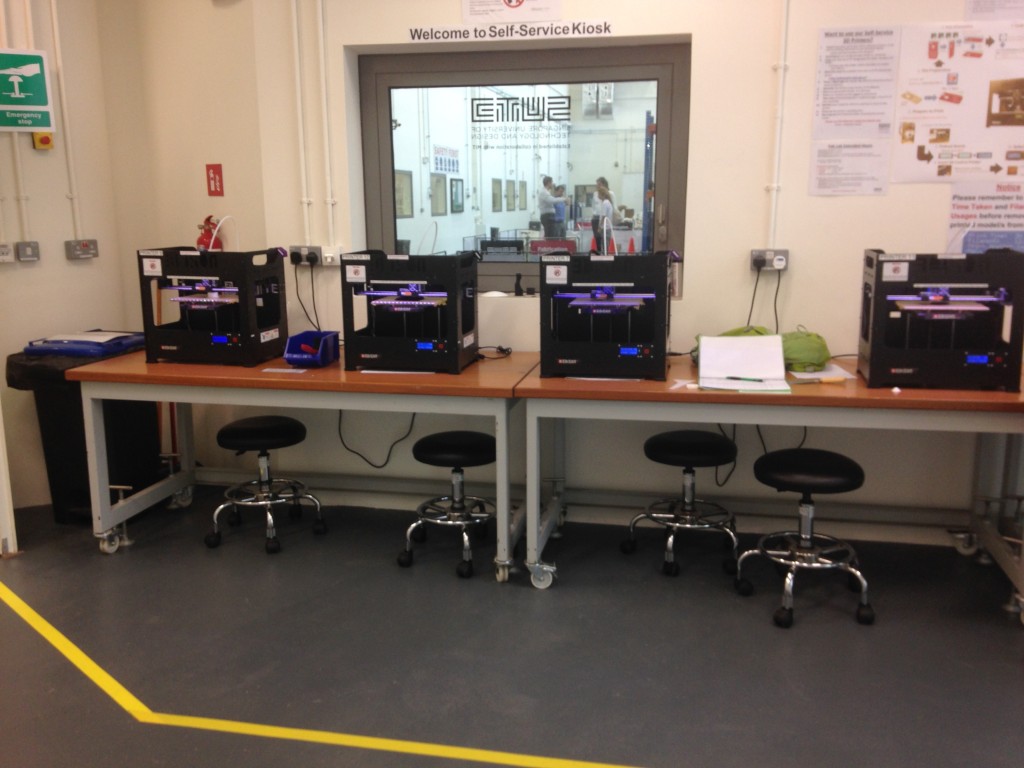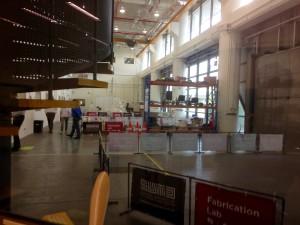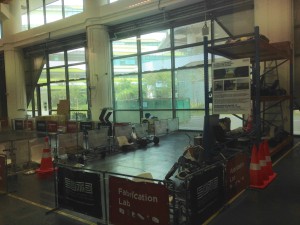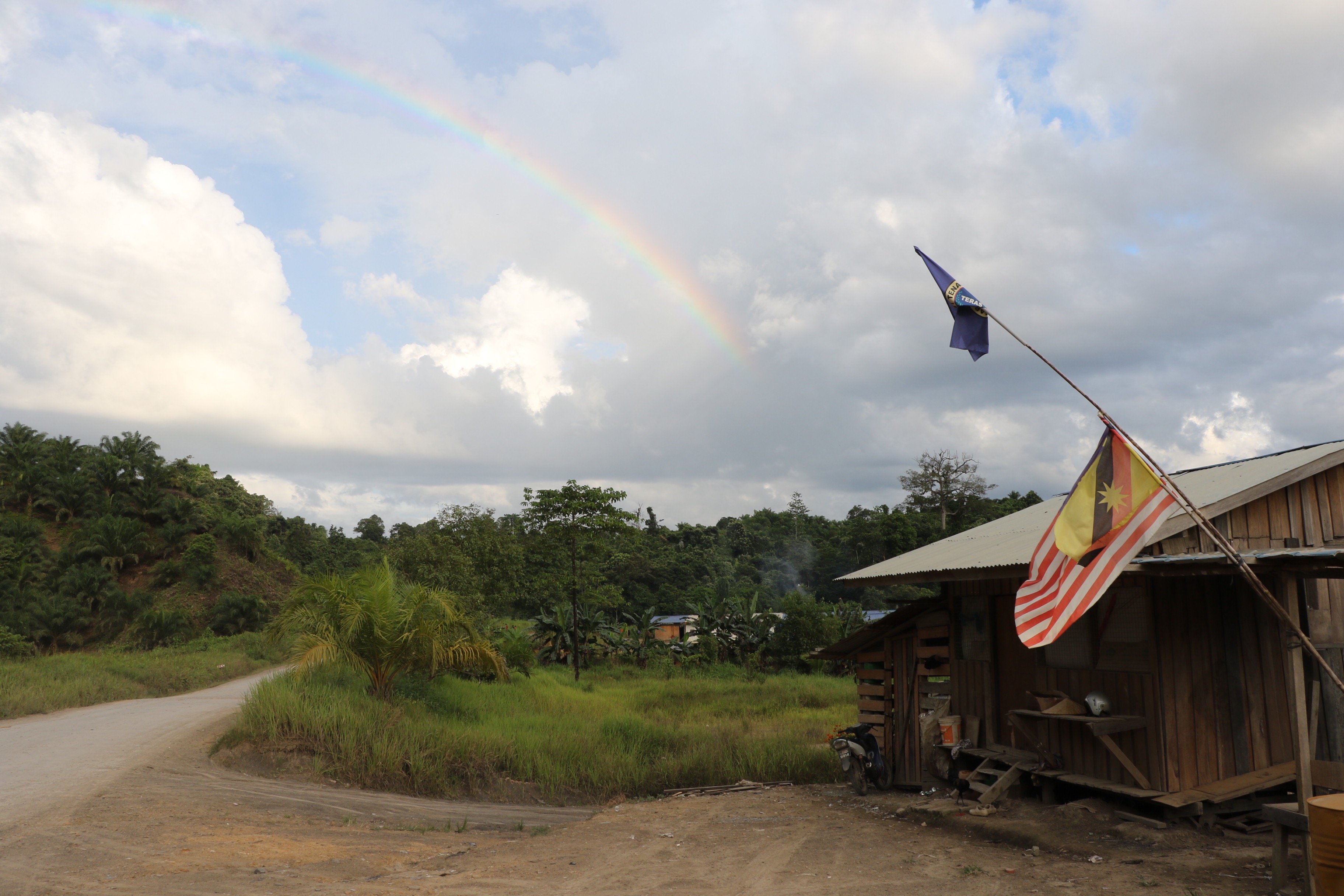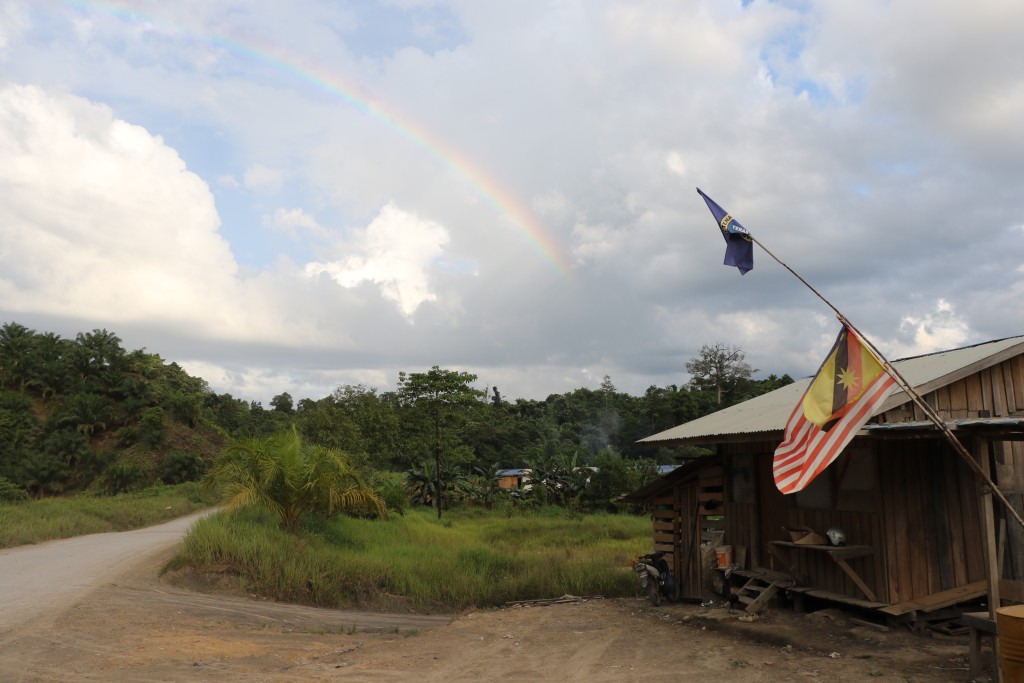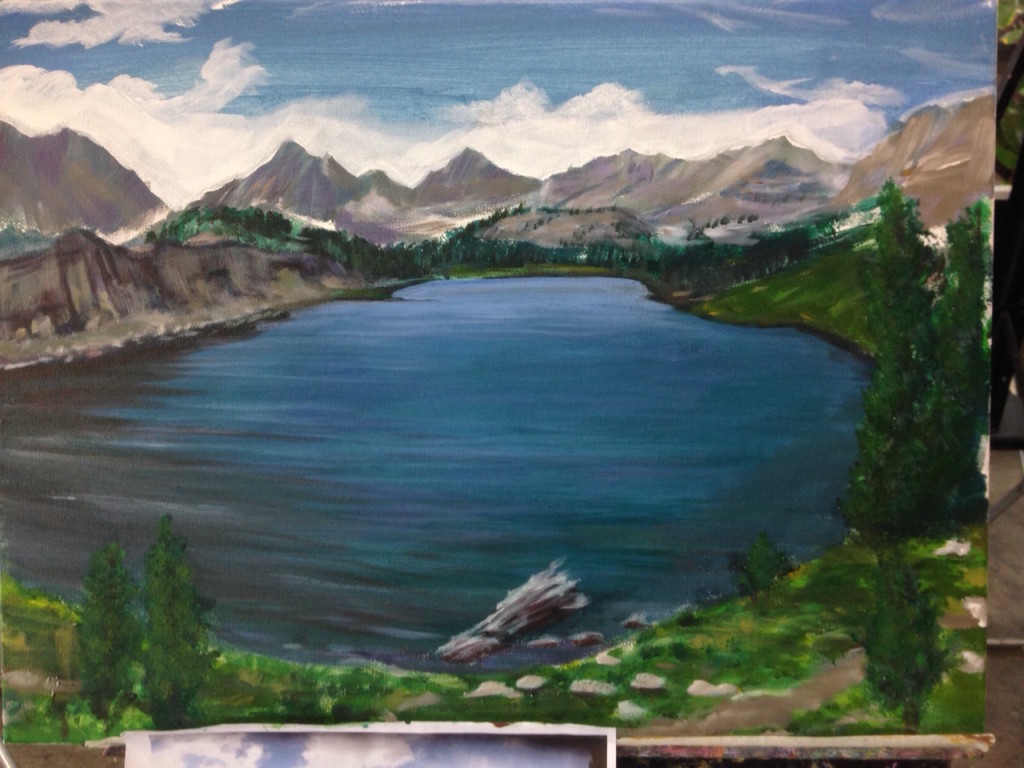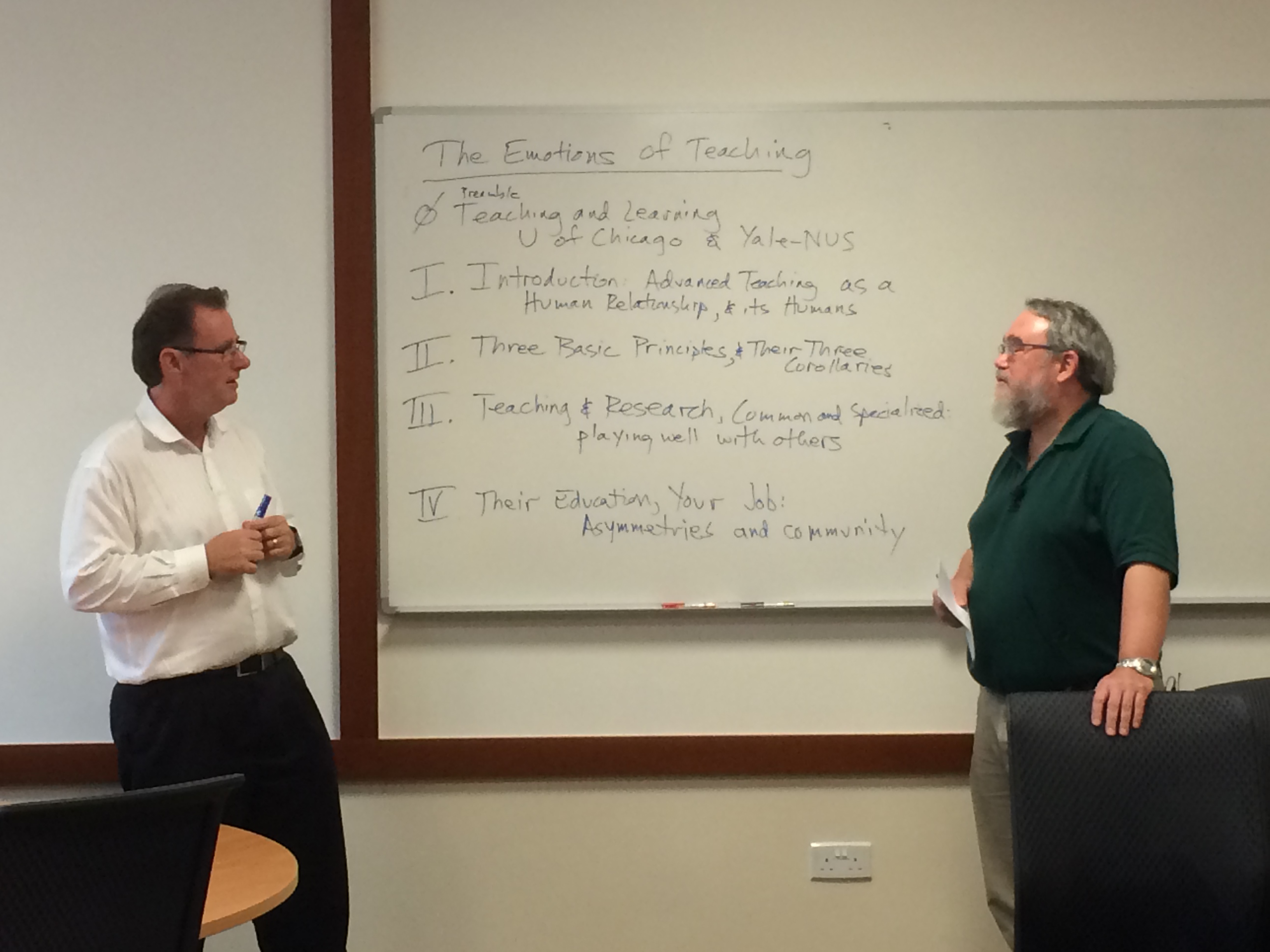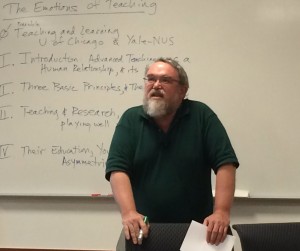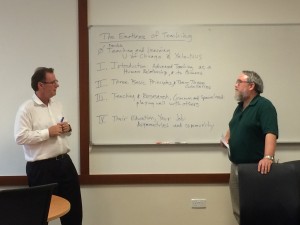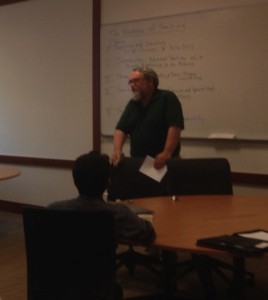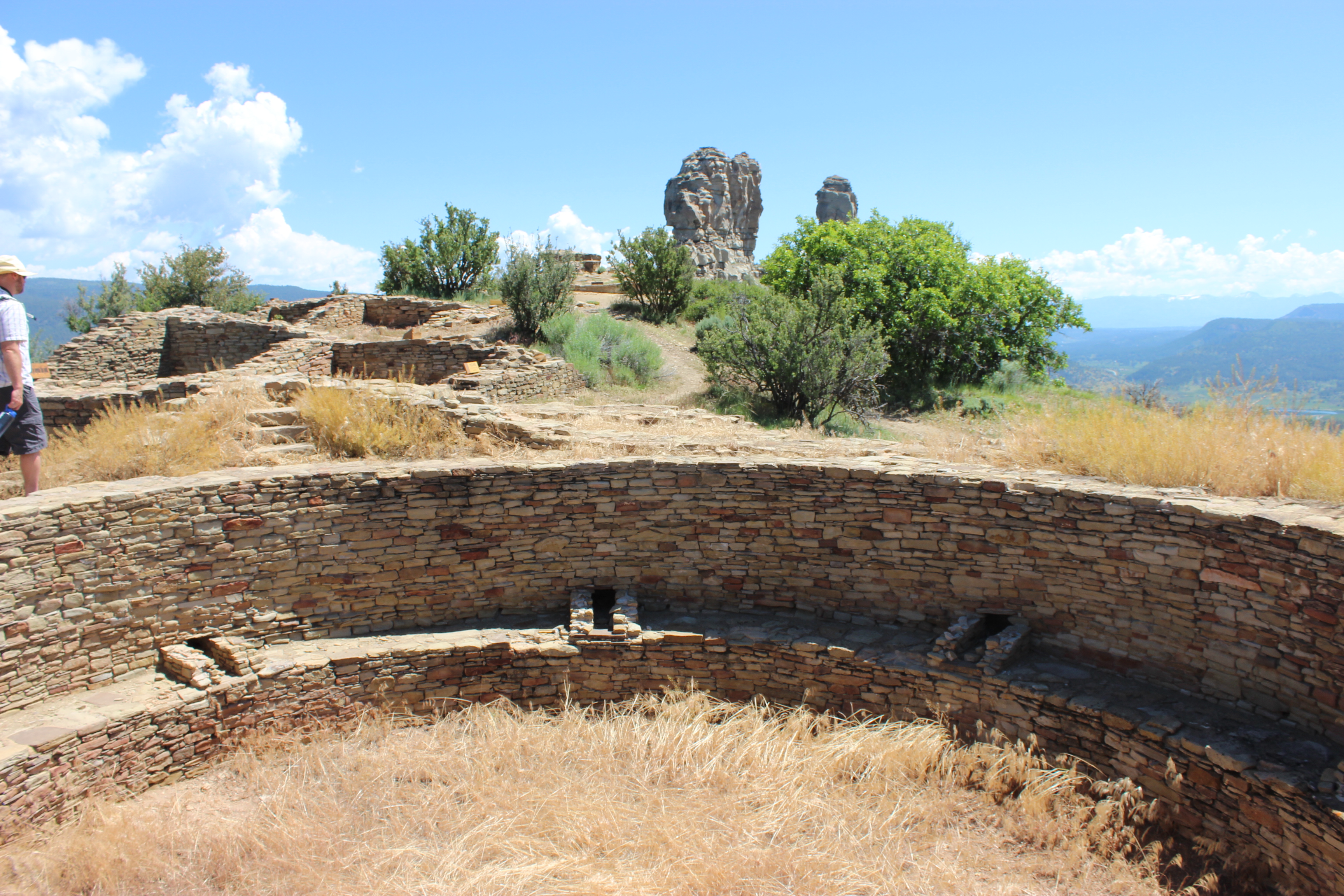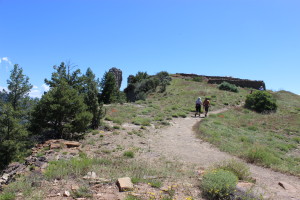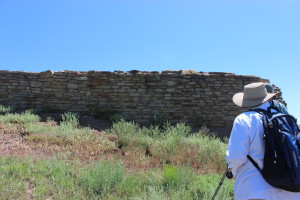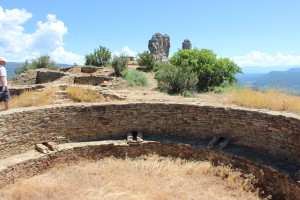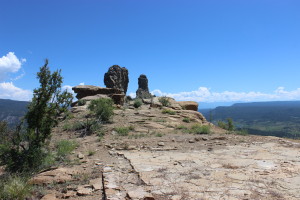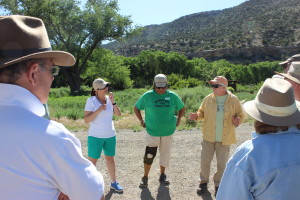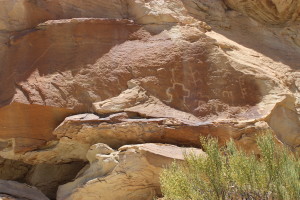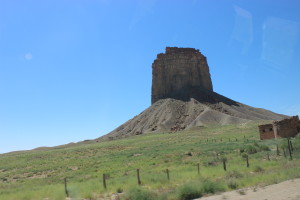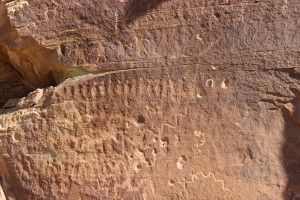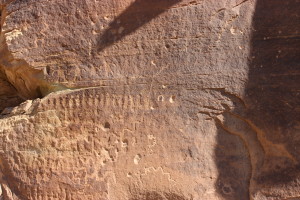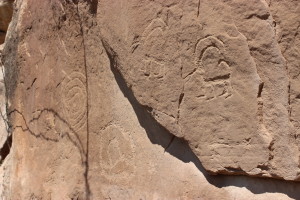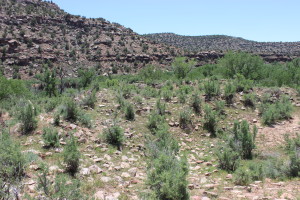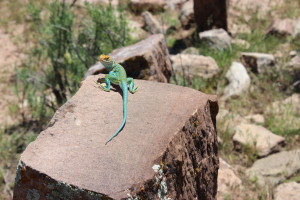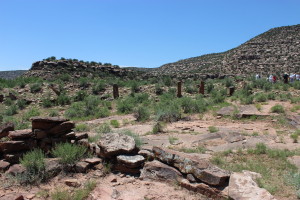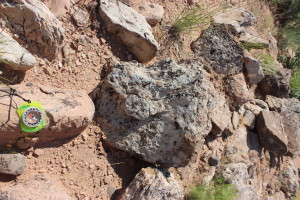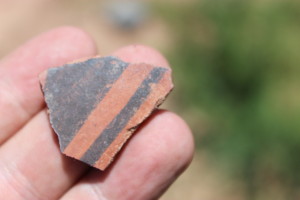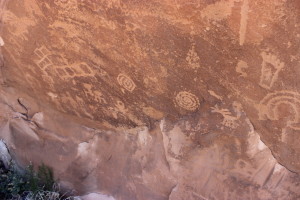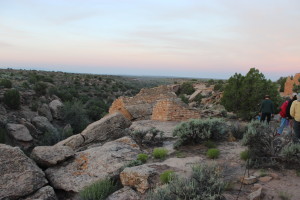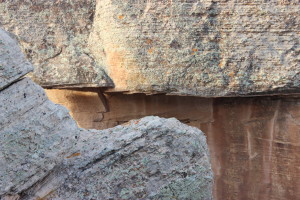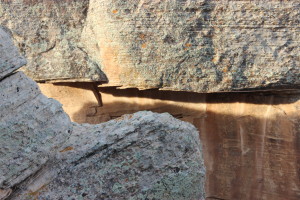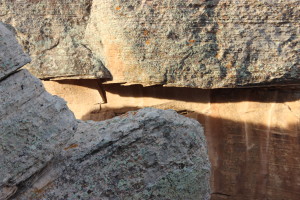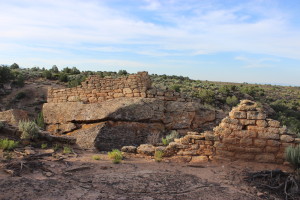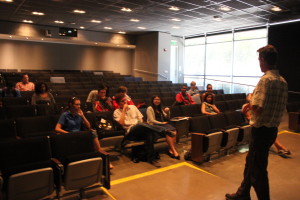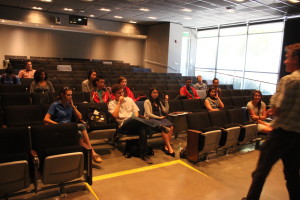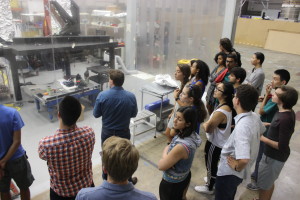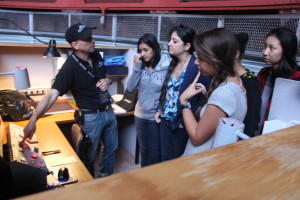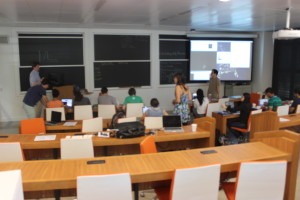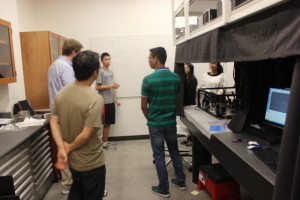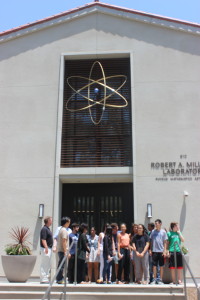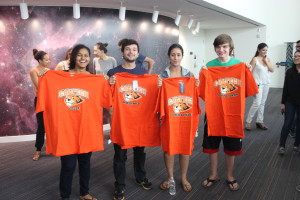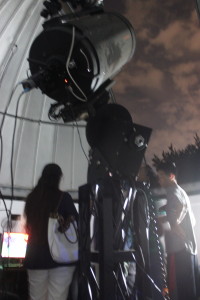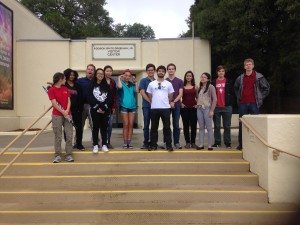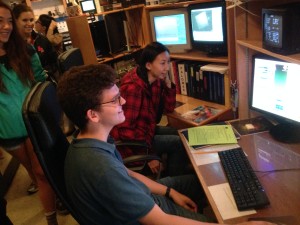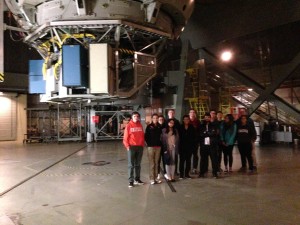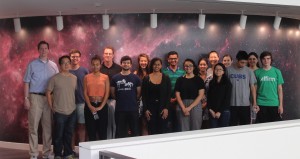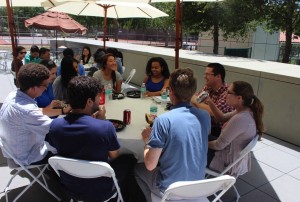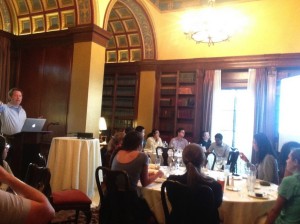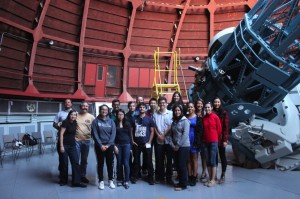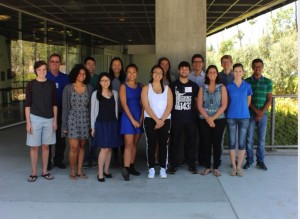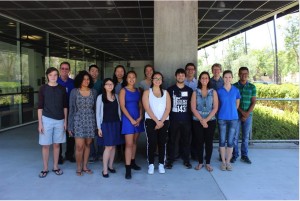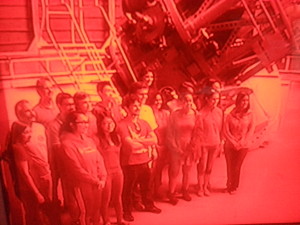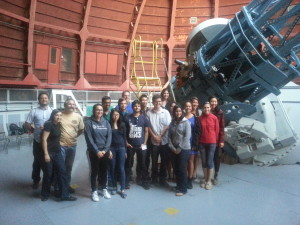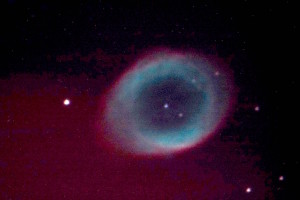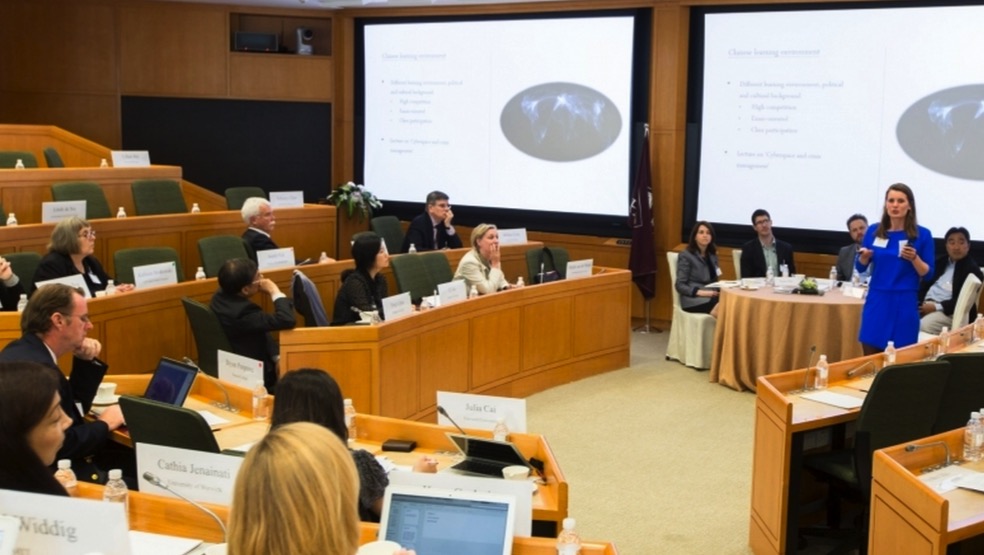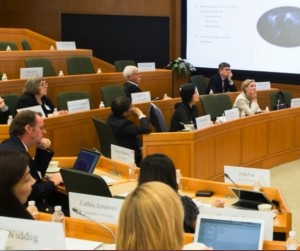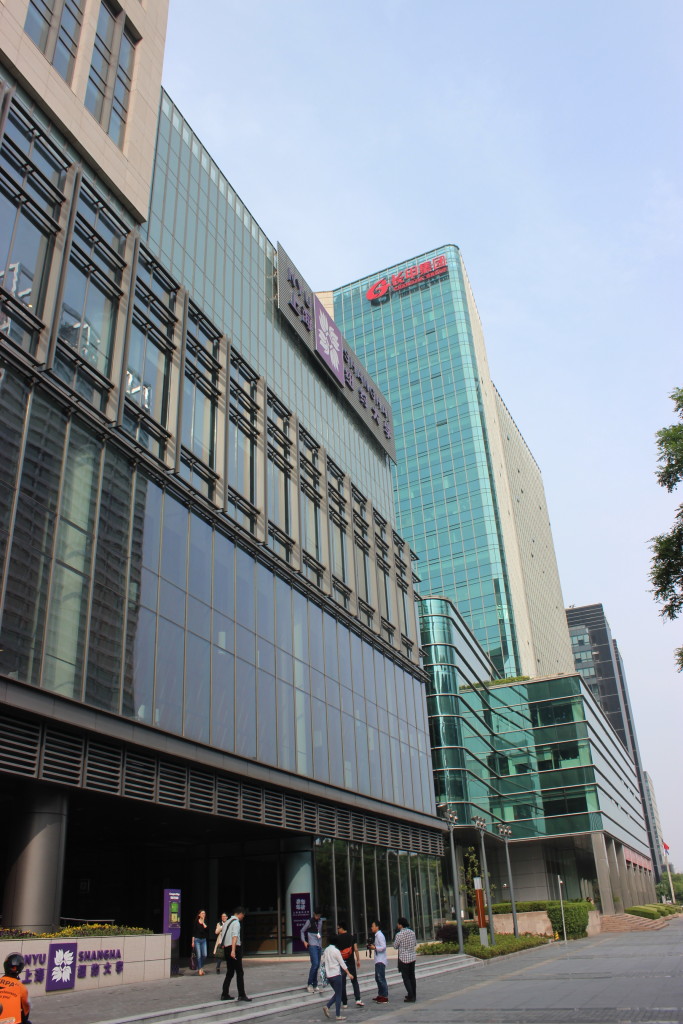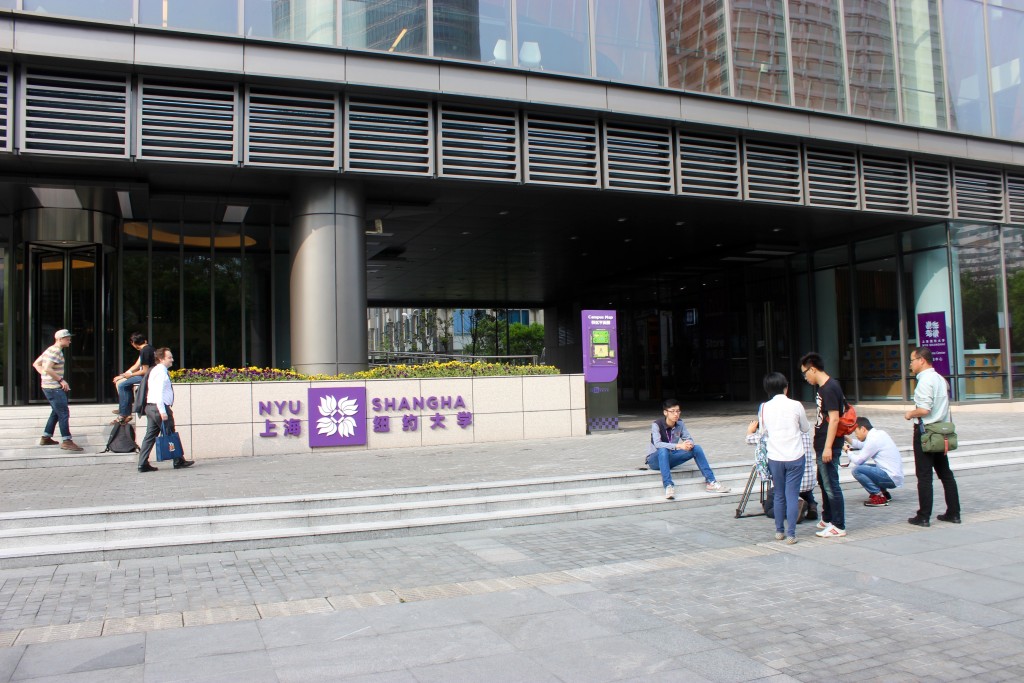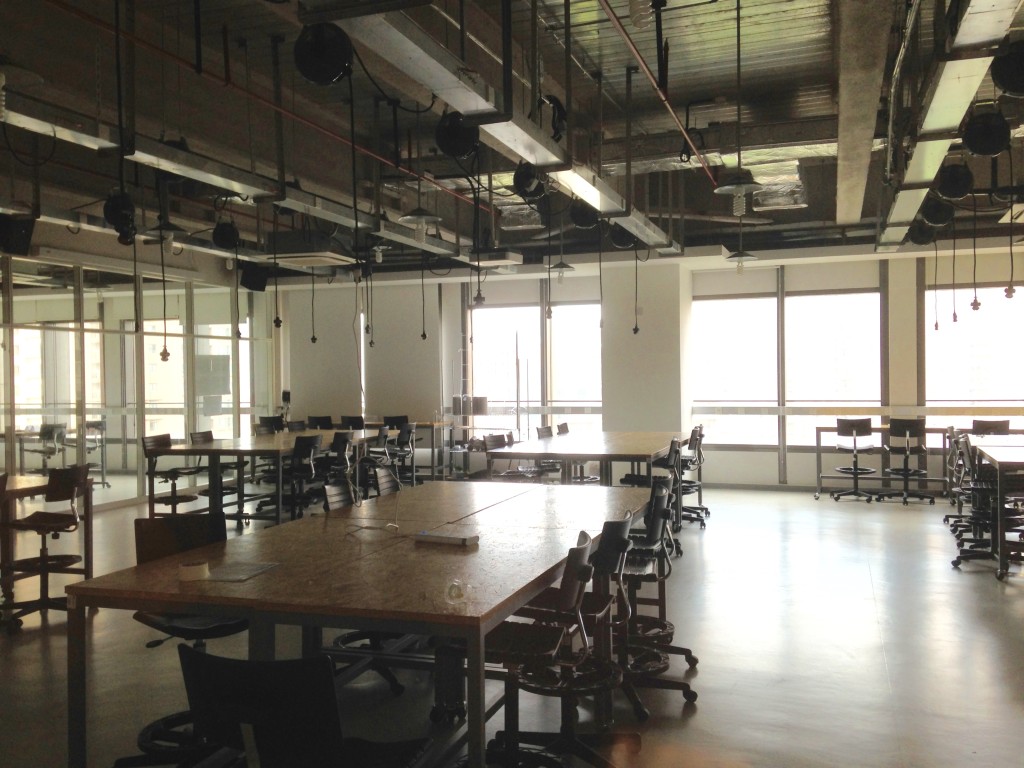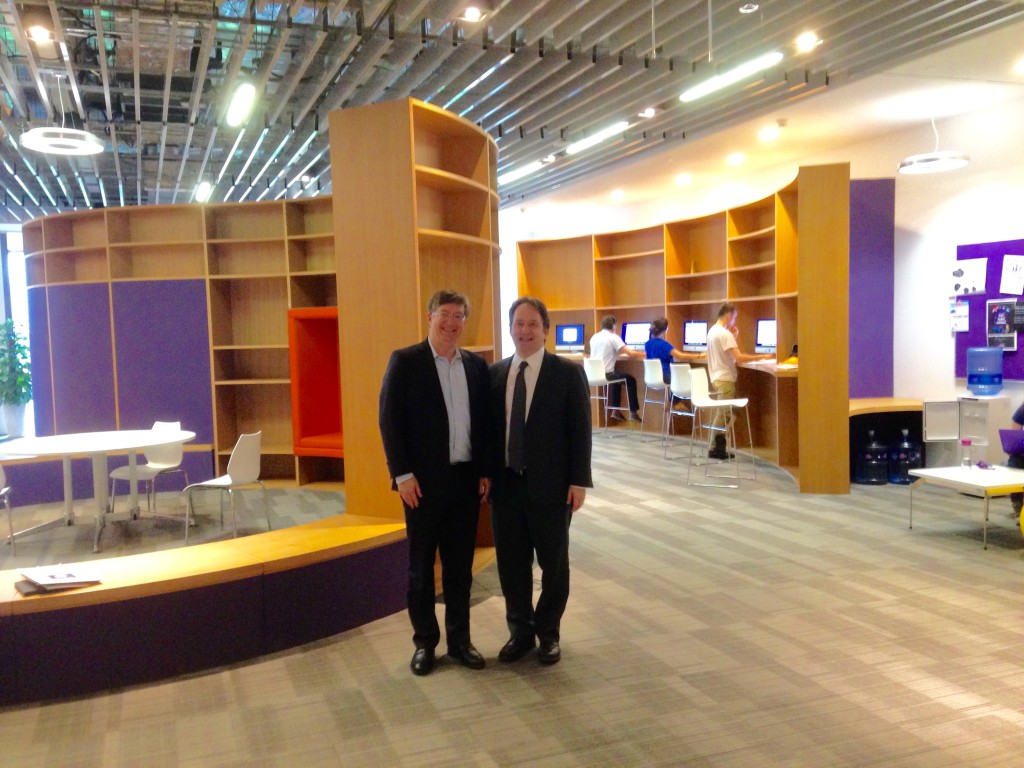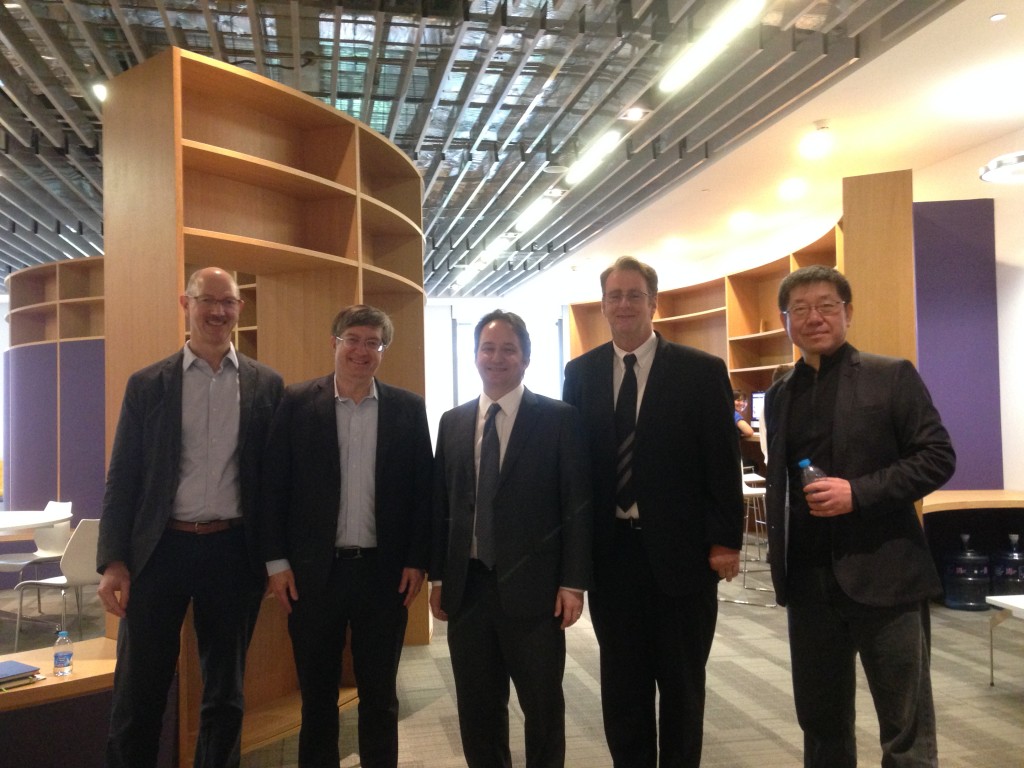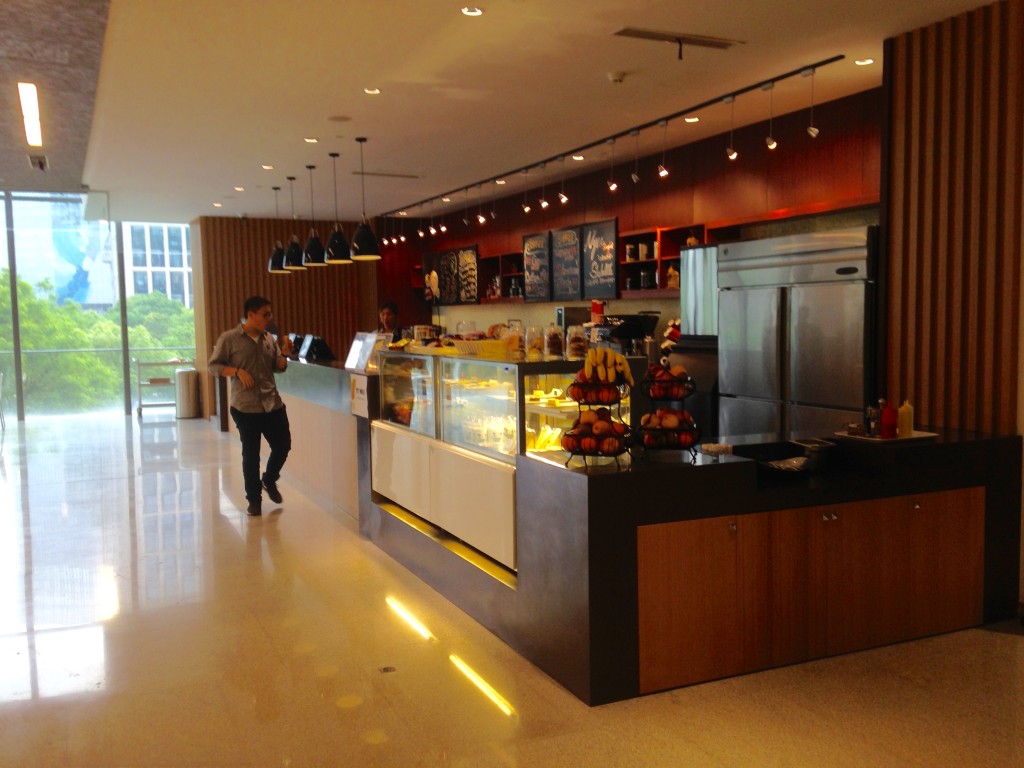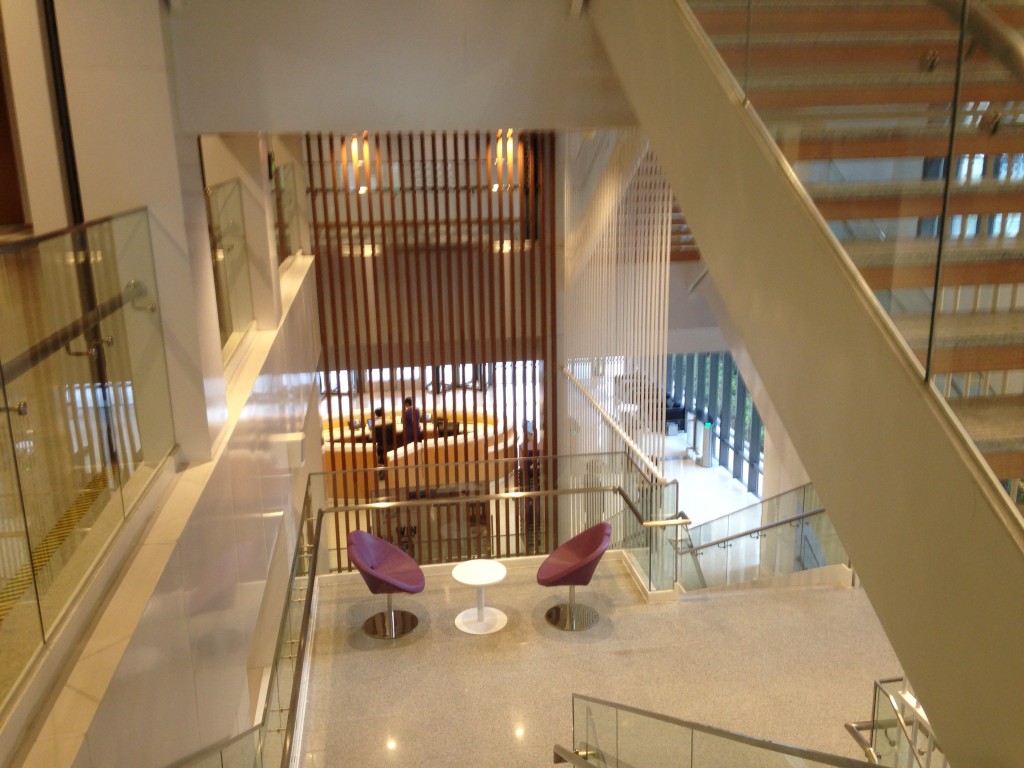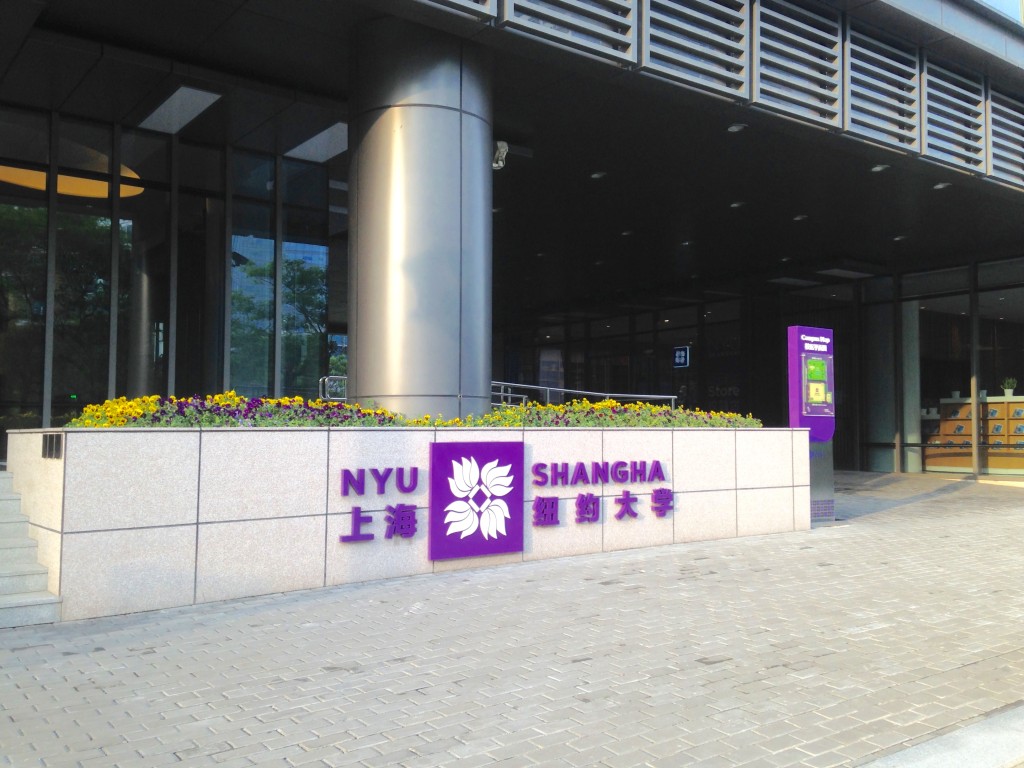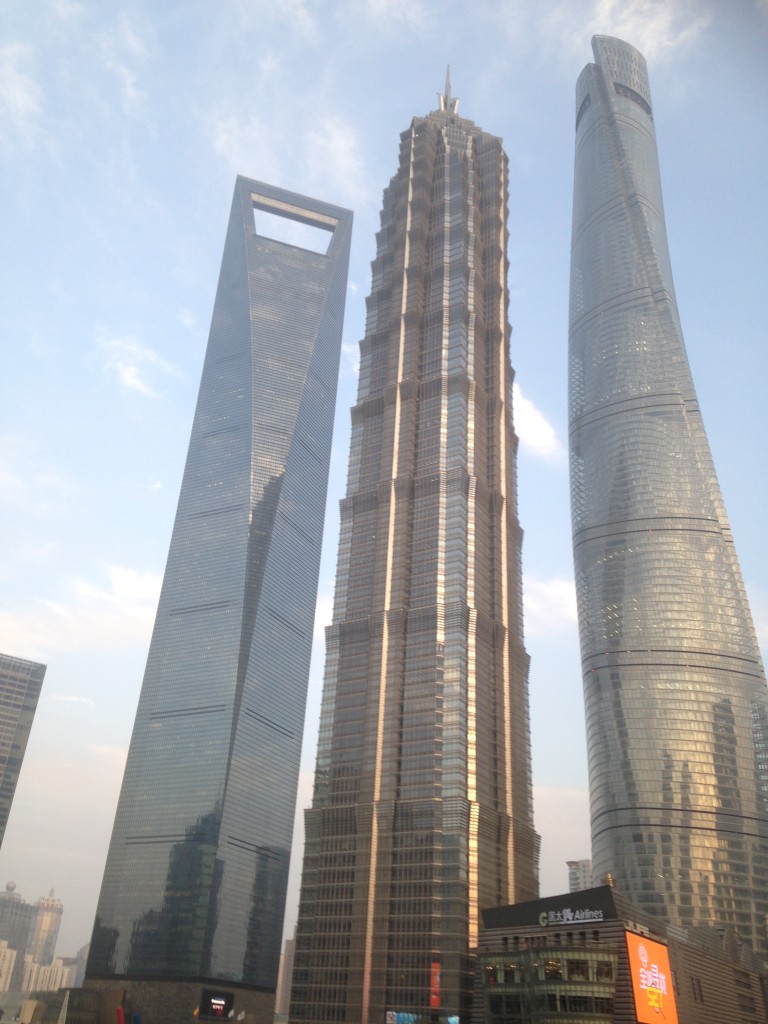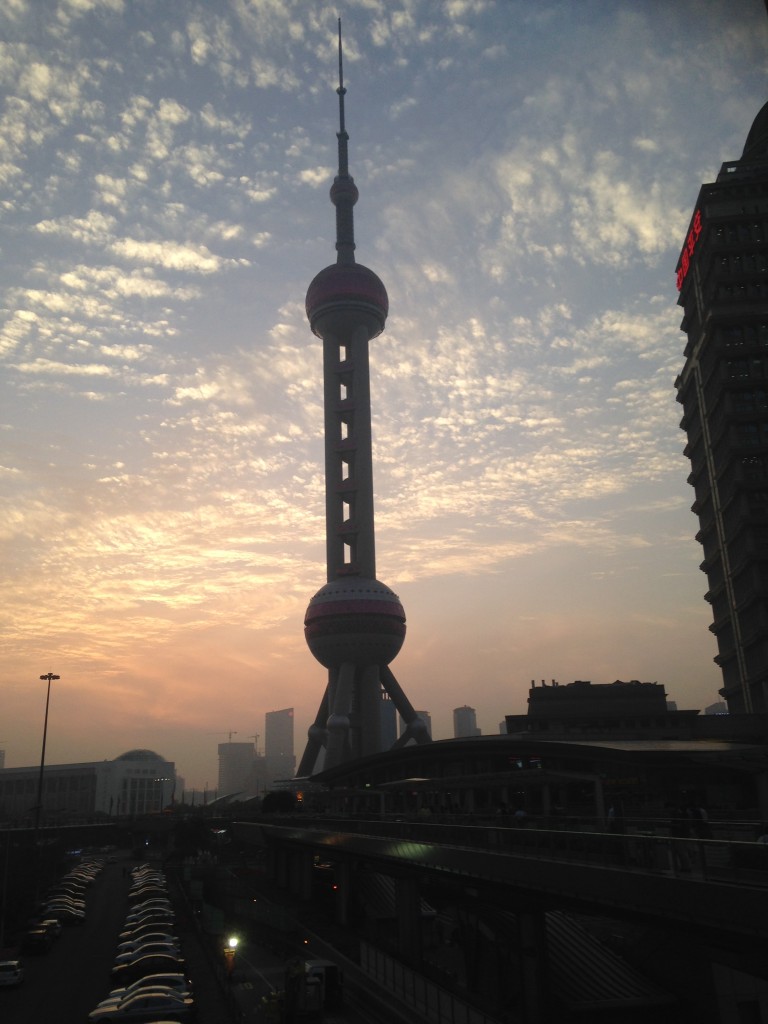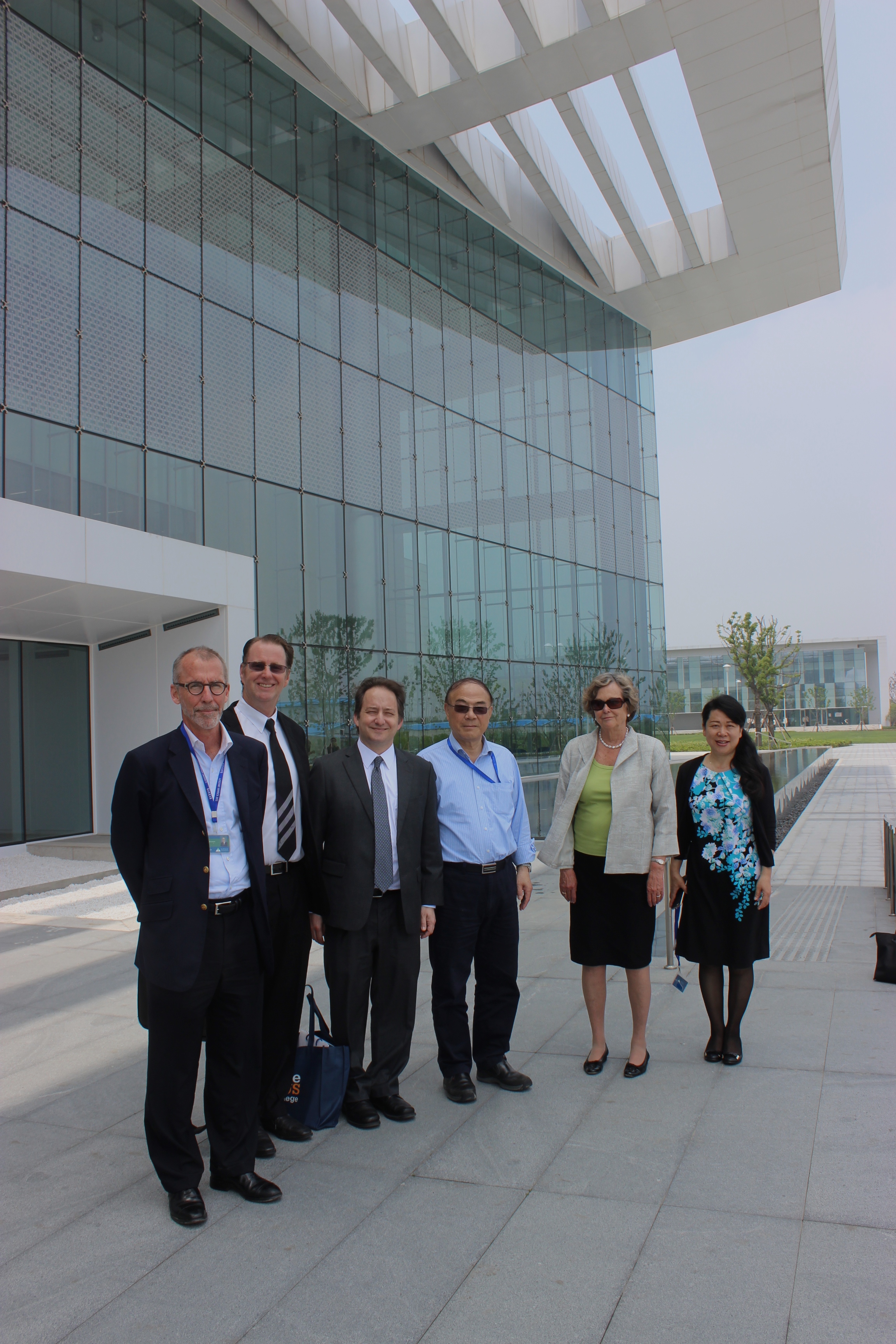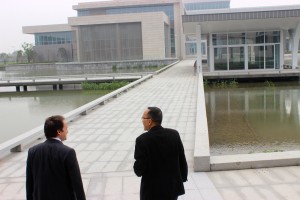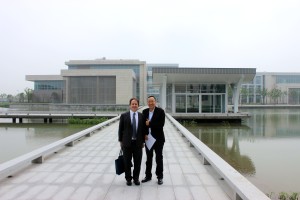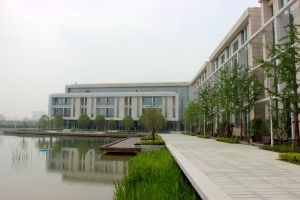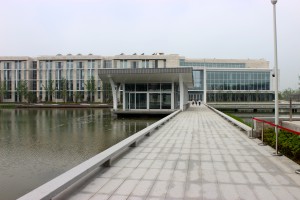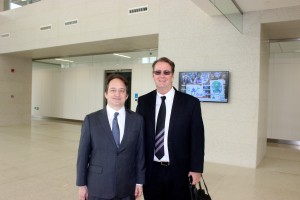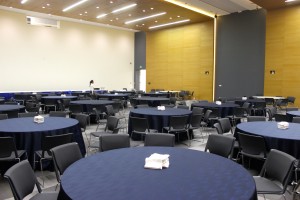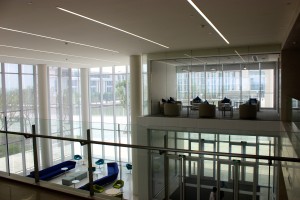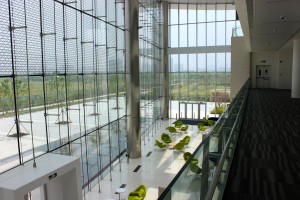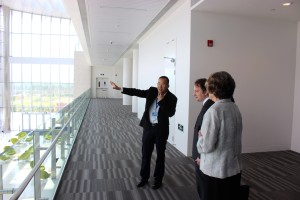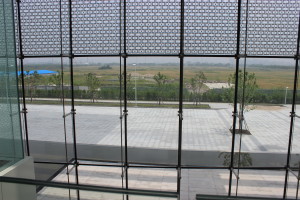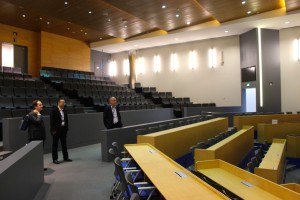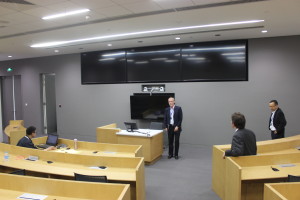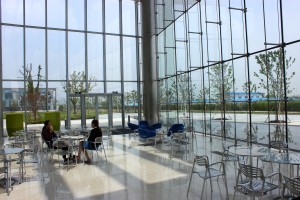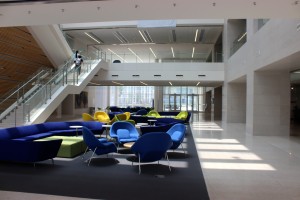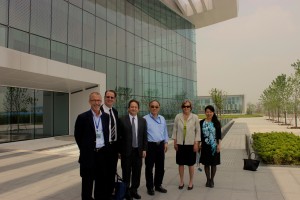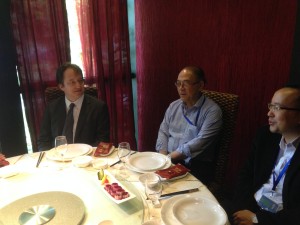One of the first “site visits” taken during the 2015-16 academic year was a visit to SUTD, a new university that is a partnership with MIT here in Singapore. The institution features a very interesting new curriculum, co-developed by MIT faculty and local SUTD faculty. It offers an interdisciplinary science and engineering education, and a top-flight education for Singaporean students interested in STEM. I visited there with our Associate Director of our Yale-NUS CTL, Nancy Gleason on 31 August. We met with Professor Pey Kin-Leong, Associate Provost of Education, and Allan Chan, the Associate Programme Director for Curriculum planning. Allan and Kin-Leong are long-time employees of SUTD, starting back in 2010 as some of the first people hired. They explained how tight-knit their graduating students were – of 130 students, nearly half were getting married! Their campus has a very interesting schedule which includes 2 summer sessions, and which has a curriculum that builds from a 1-D disciplinary view point, to 2D projects that integrate Math, Chem, and Physics, and then a “3D” design class, in which the four “pillars” of the SUTD curriculum are brought together, and finally a “4D” session where the learning from SUTD students is integrated with the outside world.
(image from Otto, et al, “Integrated 2D Design in the Curriculum: Effectiveness of Cross-Subject Engineering Challenges” presented at the 2014 ASEE Annual conference)
The entire curriculum of SUTD is based on the idea of “pillars” which correspond to four areas of study. These include Architecture and Sustainable Design (ASD), Engineering Product Development (EPD), Engineering Systems and Design (ESD), and Information Systems Technology and Design (ISTD). They have also added Humanities, Arts and Social Sciences (HASS) and integrate this to the program of study in some of the 2D work. The schedule is built into what is called a “Freshmore” period of three terms, and then the 3D and 4D sections come afterwards. Like other startups there is a tangible energy and excitement about SUTD. They are proud that their students build exciting things in their courses – an E&M course includes building a radio receiver, which can double as a radar. The faculty come from all over the world, with 1/3 from Singapore, and the others from around the world. One of the perks of the SUTD faculty job is a chance to spend time and collaborate at MIT, and work closely with a very interesting and international faculty. The SUTD has a “pedagogy day” where faculty share some of their new innovations. They are also closely working with the CREATE/SMART group in Singapore, and with some key faculty from MIT visiting Singapore. On our way out we visited their very impressive “Fab Lab” which includes literally dozens of 3D printers, engravers, and large spaces where students can build and test out some of their many creations. A very interesting day indeed – and we will look forward to further connections between Yale-NUS and the SUTD!


